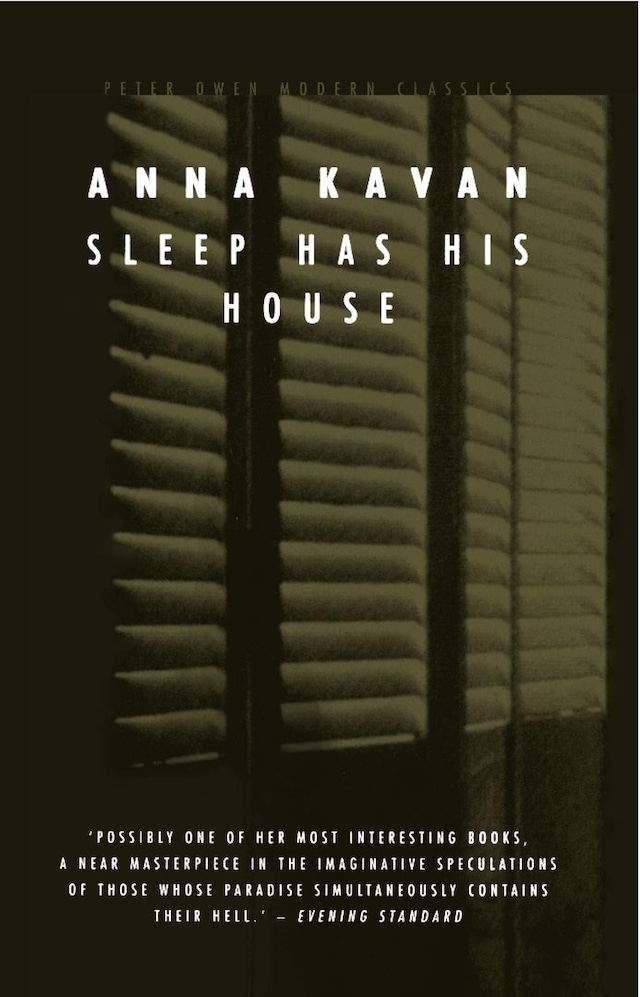
Sleep Has His House
Description of book
largely autobiographical account of an unhappy childhood, Sleep Has His House startled with its strangeness in 1948. Today it is one of Anna Kavan's most acclaimed books. A daring synthesis of memoir and surrealist experimentation, Sleep Has His House charts chronologically the stages of the subject's gradual withdrawal from all interest in and contact with the daylight world of received reality. Brief flashes of daily experience from childhood, adolescence and youth are described in what Kavan terms 'nighttime language' — a heightened, decorative prose that frees these events from their gloomy associations. The novel suggests we have all spoken this dialect in childhood and in our dreams, but these thoughts can only be sharpened, or decoded by contemplation in the dark. Anna Kavan maintained that the plot of a book is only the point of departure, beyond which she tries to reveal that side of life which is never seen by the waking eye, but which dreams and drugs can suddenly illuminate. She spent the last ten years of her life literally and metaphorically shutting out the light; the startling discovery of Sleep has His House is how much these nighttime illuminations reveal her joy for the living world.
 Anna Kavan
Anna Kavan 143 Pages
143 Pages